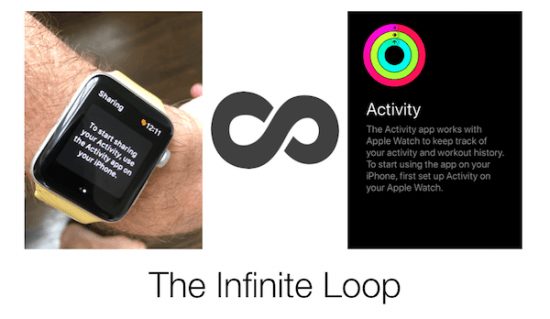You’ve probably heard by now the expression that “Digital Transformation is a journey, not a destination”? It’s obvious in some regards because of the ever-changing landscape and how tech is evolving. And, just as much as digital transformation is caused and enhanced by the new digital tools, platforms and devices, it is far more about a change in mindset. When one looks at the required state of mind, it’s a moving feast. Fundamentally, the mindset itself must be fluid and embrace continuing learning. I would add that the same can be said of other disruptive elements facing business, such as diversity & inclusion, social responsibility, cyber security, or even making your organisation more empathic.
In the spirit of making more visible the journey that is digital transformation, I thought I would make parallels with the types of trips, trip-ups and journeys that happen on the road. For example, the dead end.
The Dead End

Hopefully, you will have adopted a trial and error approach: to try stuff out, fail fast and learn plentifully. Then rinse & repeat. As part of that journey, it is inevitable that you will come across a dead end, where the initial idea doesn’t pan out according to the objectives set. The trick is figuring out as fast as possible the dead end nature of the project.
Tangled Intersections
For companies dealing with legacy systems, IT teams are often faced with trying to integrate new systems, apps, add-ons and platforms into an existing architecture. Were they to start from scratch, the process would be very different; but the risks (to the business) and the cost (of throwing out the old) are often considered too prohibitive. As a result, we end up with a form of digital spaghetti, where a network of point-to-point roads (i.e. protocols) become dysfunctional from a user standpoint and perplexing for the designers (programmers) themselves.

Bumps In The Road
With any business there will always be bumps in the road. The challenge with digital transformation is that many of the bumps are harder to detect. Bumps in algorithms, code and the user experience are a necessary part of digital. Crafting an efficient feedback loop, determining how much redundancy you need, anticipating effective contingency plans and establishing a continuous improvement attitude must be part of the journey. Fixing potholes can be considered like patching a security risk. Too many patches and we end up with a messy spaghetti.

The Infinite Loop
When dealing with digital programmes, there are inevitably bugs. One must fastidiously work out the bugs while providing contingency plans. Most importantly, marketers must consider the journey from the user’s point of view in order to create the right digital experience. Sometimes, the user will trapped in a frustrating cul-de-sac. Even Apple can fall prey to the infinite loop, where there is no exit and certainly no resolution. In the below case, my Apple Watch told me to go to the Activity app on my iPhone; while the Activity app (on my phone) told me to make the adjustment on the Apple Watch. And the worst of it is that there is no easy way to call someone and hold them accountable, because of (a) the gargantuan size of Apple and (b) the mixture of devices and platforms involved in the bug.

The irony in this one is that there is actually a street called Infinite Loop. It’s location?

On the Apple campus in Cupertino CA. At least we know they have a sense of humour.
What other signposts and road-trip hazards can you come up with that help describe the digital transformation journey?










